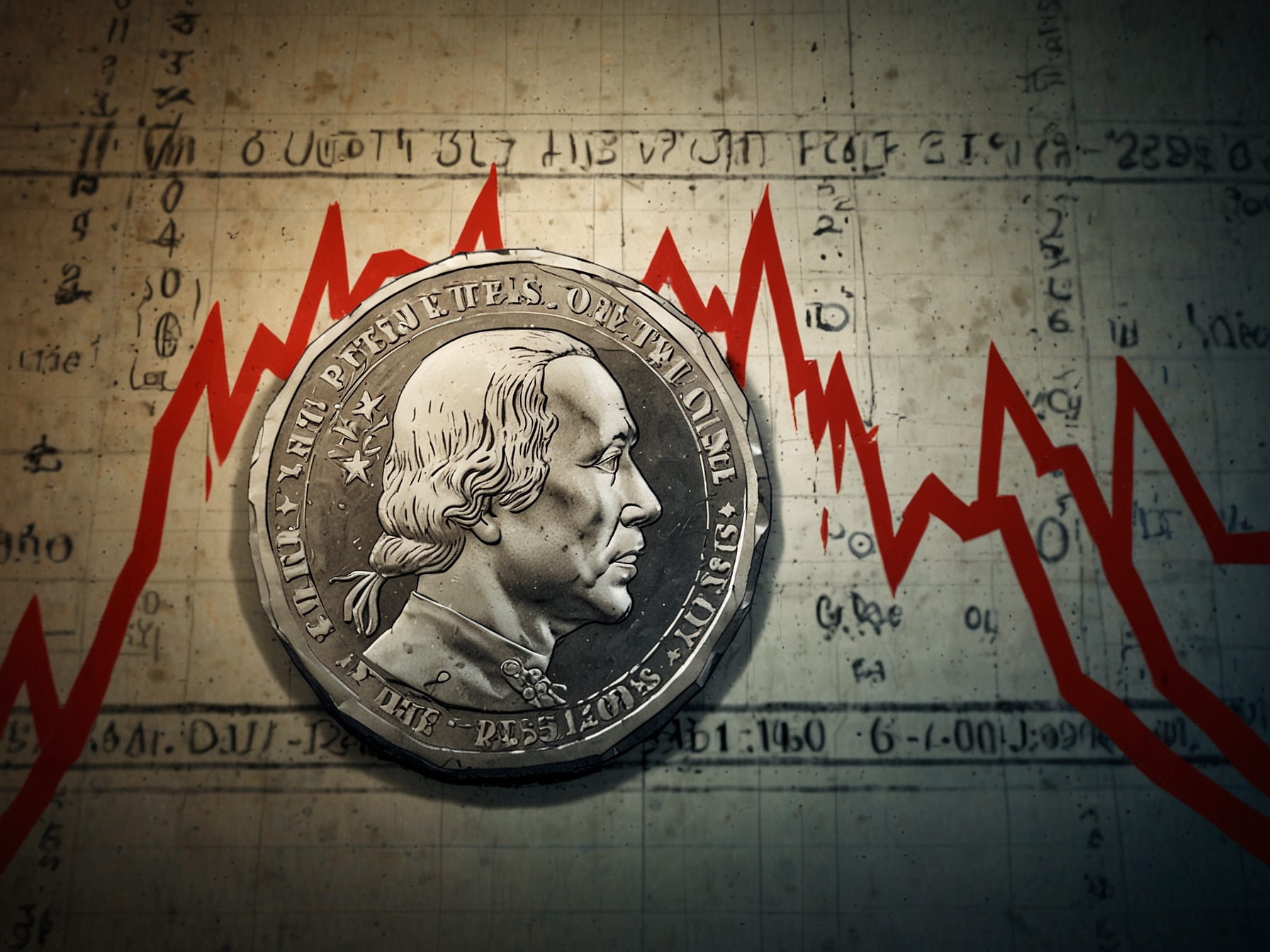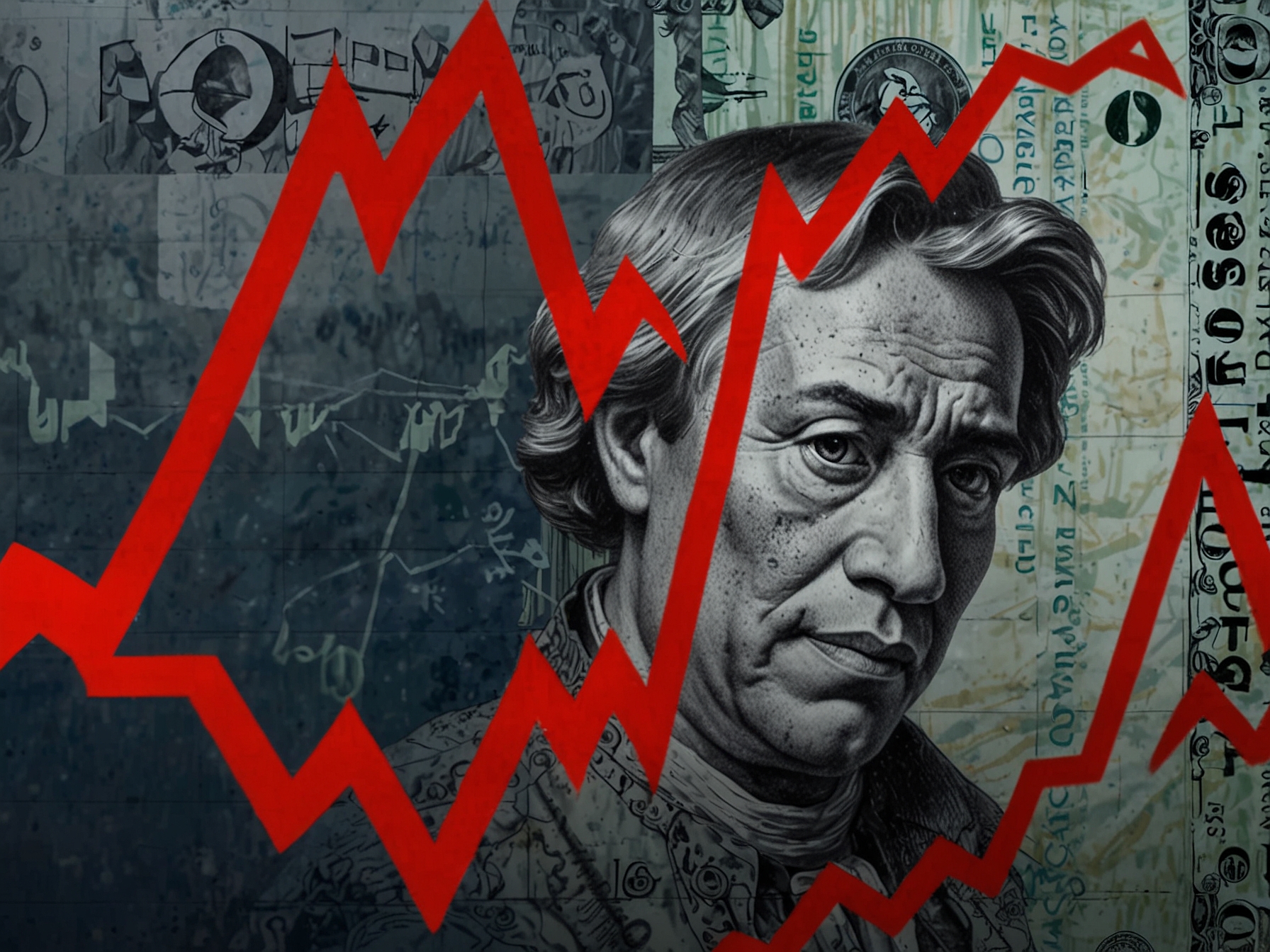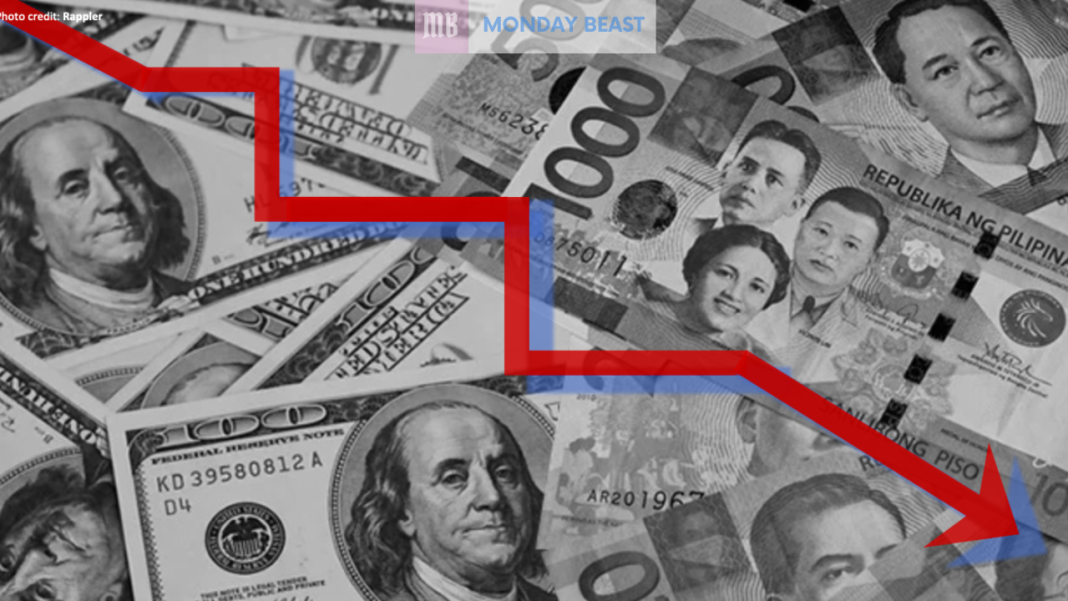The Philippine peso has hit a new low against the US dollar.
Market watchers are concerned. What does this mean for everyday Filipinos? As the peso reaches P59 to the dollar again, many are left wondering.
- Is the Japanese Yen Set for a Comeback Amid Political Uncertainty?
- When Giants Meet: The Tallest and Shortest Women Unite for Tea

The last time we saw this was in October 2022.
Surprisingly, experts suggest that this isn’t solely a weakness of the peso. It’s more about the robustness of the US dollar and its global dominance. As the dollar gains strength, currencies worldwide struggle.
Adrian Yu from COL Financial explained this phenomenon well. In his view, the dollar’s strength seems to overshadow other currencies, making them appear weaker. He pointed out that this is not just a local issue; emerging markets are all feeling the pinch.

The dollar’s increase came after Trump’s election, with investors betting on steady interest rates. What are the consequences of a weak peso? Analysts worry that continued depreciation could trigger more inflation. Why? The Philippines relies heavily on imports.
Many goods are priced in dollars.
As the peso falters, prices rise, putting more strain on households. Japhet Tantiangco of Philstocks Financial expressed a similar sentiment. He mentioned the country’s dependence on agricultural imports to keep inflation low.

Unfortunately, as the peso dips, inflation risks seem inevitable. Could the government’s strategy be insufficient? The local stock market isn’t immune either. Tantiangco noted heavy foreign selling in recent weeks, suggesting investor confidence is faltering.
As the peso continues to slide, many wonder how long this trend will last. The balance of trade and payments play a significant role in this story. Looking ahead, if the Bangko Sentral ng Pilipinas cuts rates aggressively, the peso might weaken further. Such a scenario raises questions.
Could this lead to greater economic woes? Tantiangco’s insights underscore the fragile state of the currency and its broader implications. There might be a silver lining, though. Seasonal remittances from overseas Filipinos can inject some strength back into the peso.
Yu is optimistic about this. He believes December’s remittances will offer a much-needed boost. Could it be enough to stabilize the currency? Former economic adviser Joey Salceda also weighed in on this discussion. He believes OFW remittances could act as a buffer against further declines.
Yet, he highlights a warning. If these remittances aren’t sufficient, the peso’s decline might persist. In this turbulent financial landscape, what’s the takeaway? Understanding the dynamics of the peso, the dollar, and the global economy is essential.
As inflation looms, citizens must stay informed about how these events might affect their daily lives. Will the government’s measures truly be effective, or are we seeing just the tip of the iceberg?




